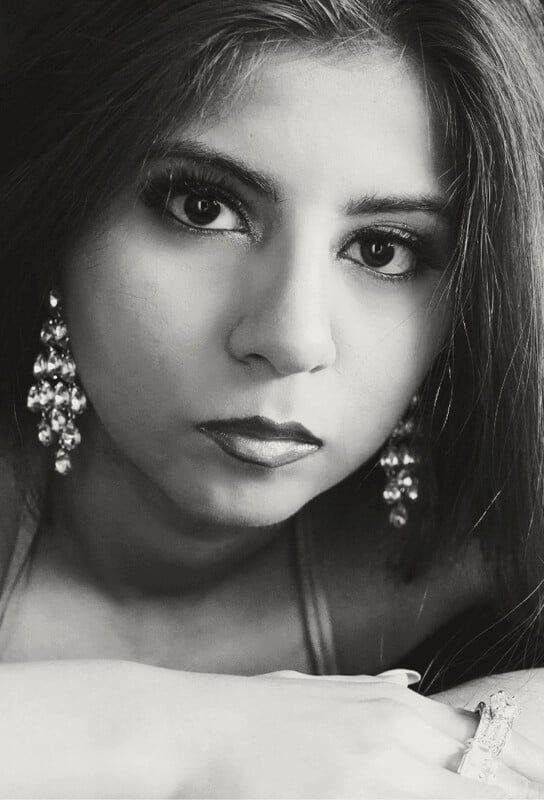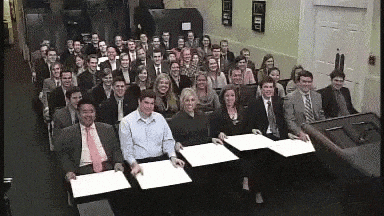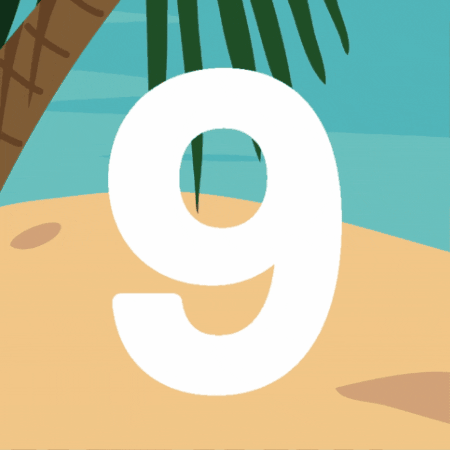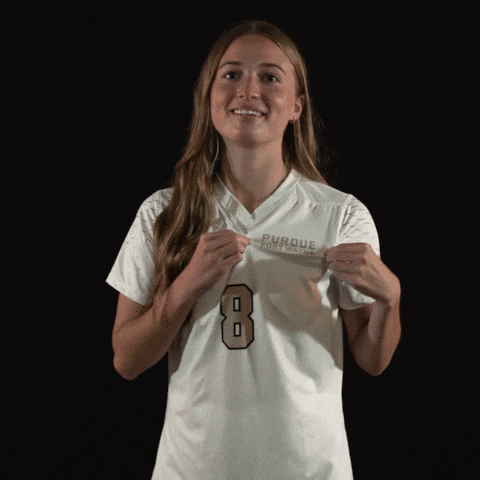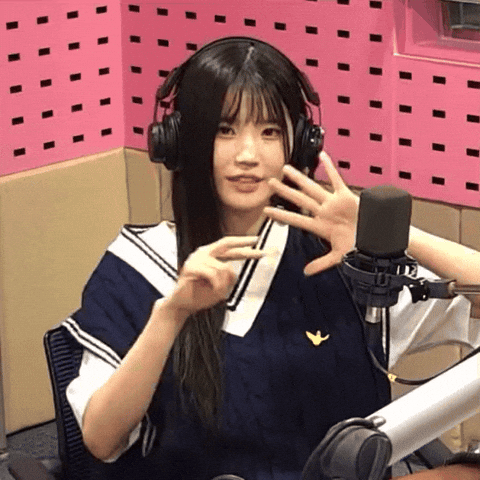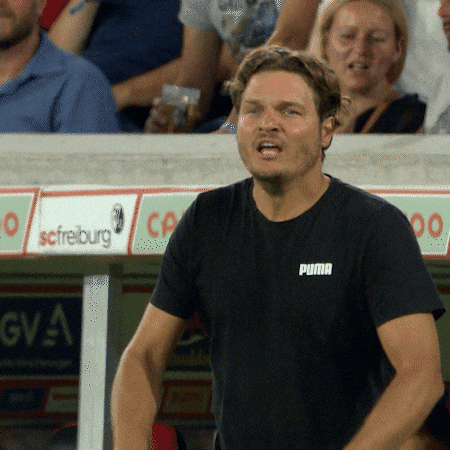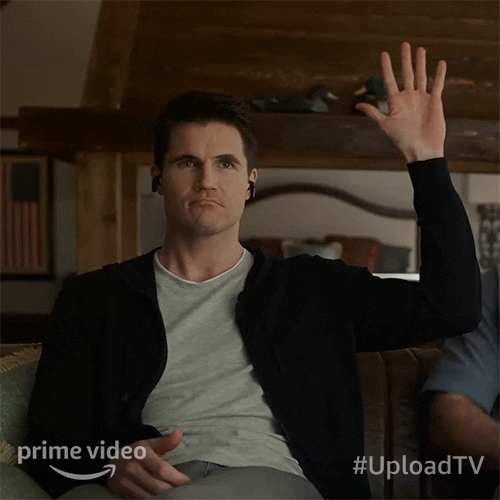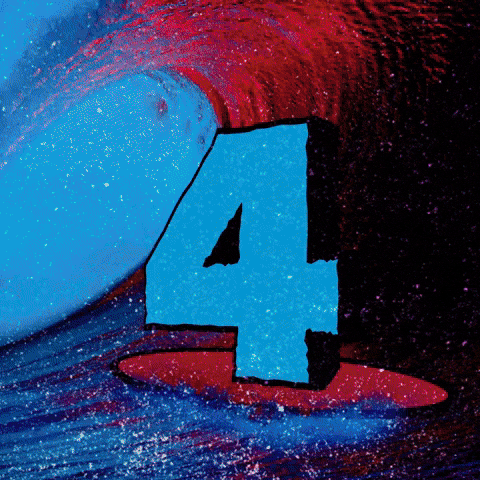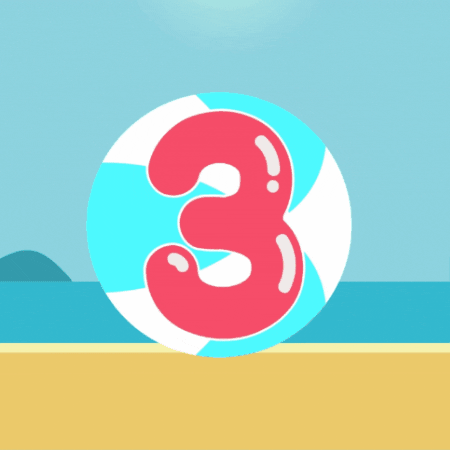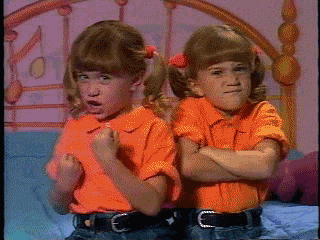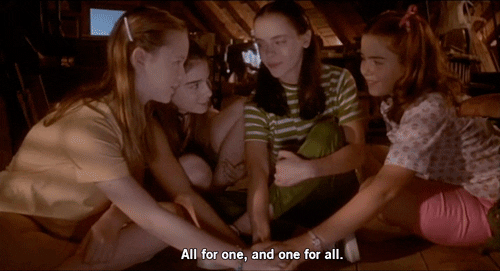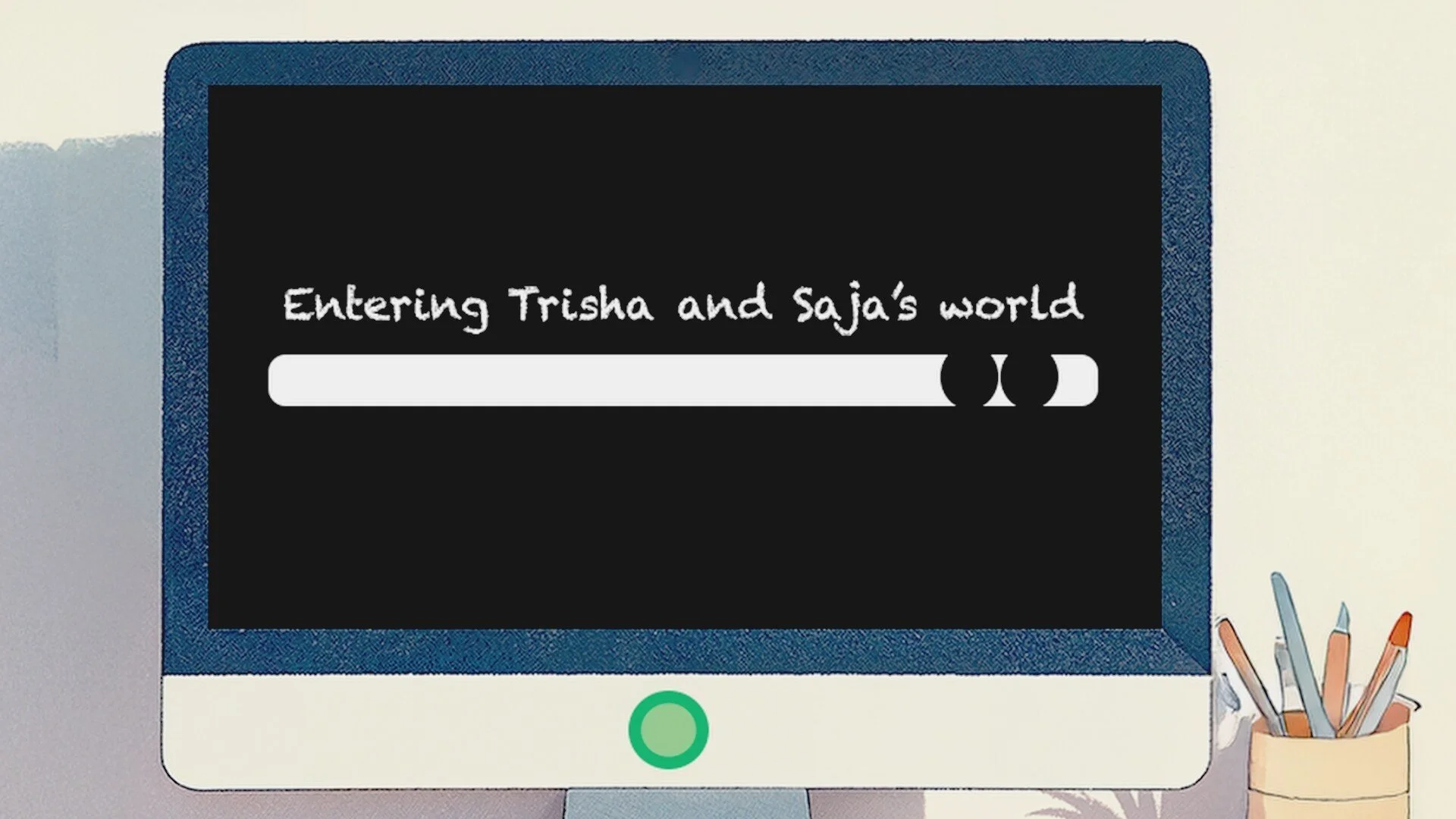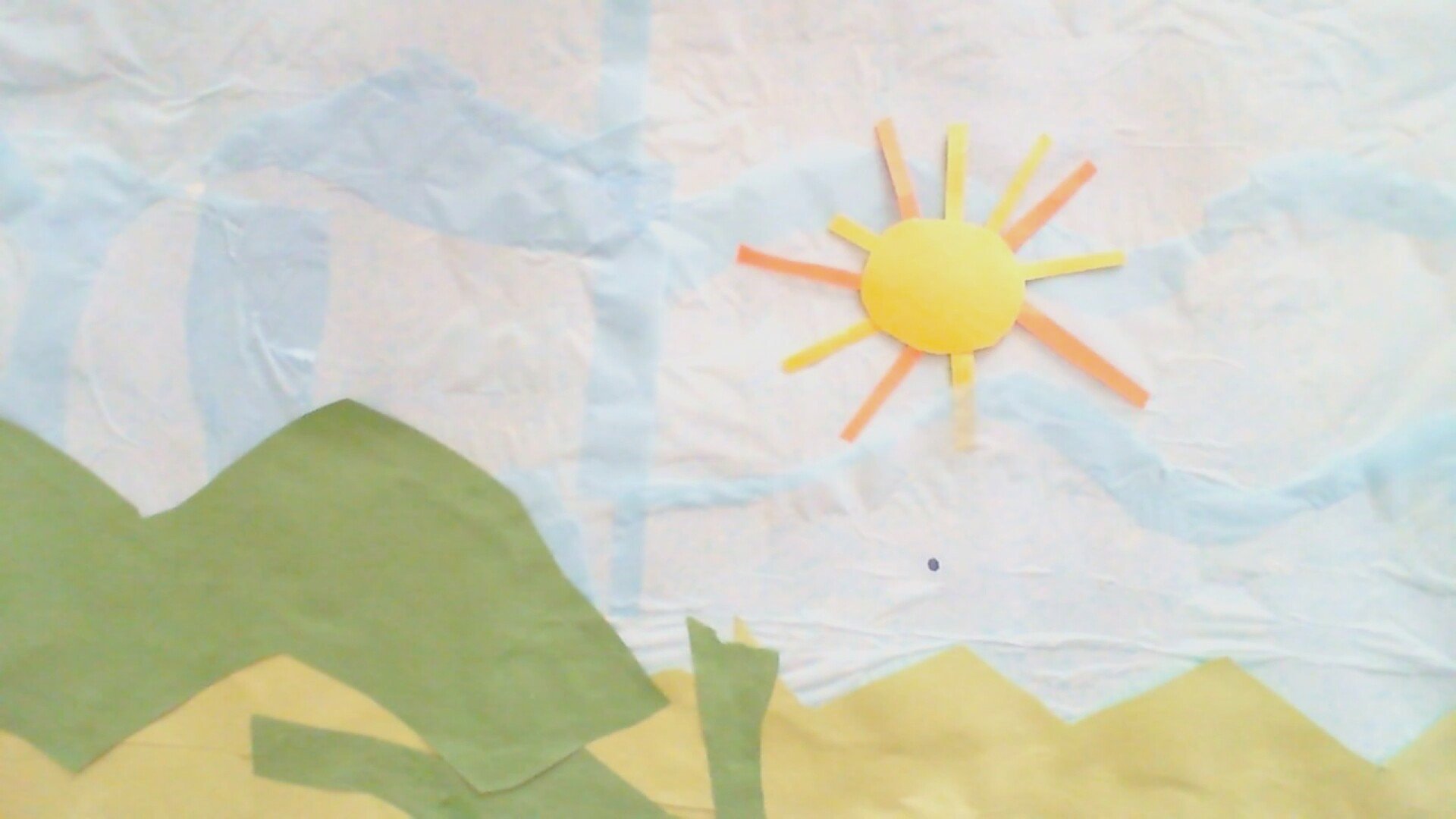How two 8 and 9 year old animators found their voice and created a short film.
A Conversation with Director Shubhavi Arya on the way she led two young animators create a short film: "What We Imagined".
We’re talking with the brilliant Shubhavi Arya, a filmmaker who masterfully blends the codes of cinema with the science of the mind. Her project, What We Imagined, is a co-conspiratorial explosion of creativity, dreamed into existence by two young girls she credited as writers and animators.
The result? A narrative so genuine it carries a message we all need to hear: "Be who you are. Even if you're still figuring it out."
In this chat with the festival’s own Sharon Grace Badia, Shubhavi pulls back the curtain on the beautiful, electric chaos of directing childhood genius. She reveals how a loose framework and a storm of sticky notes transformed into a film with a global heartbeat, and how a few simple words from her collaborators- "It’s about what you like" - unlocked a truth more profound than any script.
So, come along. Let’s explore the glorious mess of co-creation and discover what happens when we have the courage to let children lead the way.
Director Shubhavi Arya
By Sharon Grace Badia
Published on September 2nd, 2025
Here's our top 10 questions with Shubhavi
🐟
Here's our top 10 questions with Shubhavi 🐟
10. What first brought you to working with kids? Was it always a passion of yours?
A. I’ve always been drawn to spaces where creativity and learning overlap. My background in informatics, applied behavior analysis and psychology naturally put me in rooms with children, but it was the filmmaking that lit everything up. Kids bring raw energy and honesty to the process—things adults often lose. For me, working with them wasn’t a side interest; it became the heart of my practice.
9. How did the initial idea for this workshop and for What We Imagined start? Was it your concept, or did it emerge collaboratively with the participants?
A. The workshop started with a very loose framework—I wanted to see what would happen if children became the animators and writers, and I took on the role of director. What We Imagined emerged from their own sketches and fragments of story. The characters, the park, the line between them—all of that came from the girls. My concept was only to create the structure and workflow that would allow their voices to carry all the way to the screen.
8. Were you born a director/animator yourself? Can you talk more about your background?
A. I started animating at twelve and screened at Viborg Animation Festival in Denmark some time later. By sixteen, I directed Adventures of Malia, which went on to 40+ festivals worldwide. Over the years, I’ve built my career at the crossroads of film, psychology, and informatics. So yes—I was born into it in a sense, but I also built it piece by piece, project by project.
7. The description mentions the children are credited as writers and animators. What did their creative process look like day-to-day?
A. It was pure energy. They would come in sketching, tossing ideas back and forth, sometimes circling around the same moment until it clicked. My job was to break things into small steps—frames, sequences, routines—so the process didn’t overwhelm them. Day-to-day, it was equal parts chaos and rhythm, but that’s what gave the film its heartbeat.
6.As the director, your role was to guide their vision. How was directing two children?
A. It was humbling and exhilarating. Children don’t fake it—if they’re bored, you’ll know. If they’re lit up, you’ll know. Directing them meant listening more than talking, creating an environment where their ideas felt safe, and giving just enough structure so their vision didn’t get lost.
5. Was there a point where you thought, "Wow, these kids are teaching me something brand new"?
A. Absolutely. They reminded me that storytelling doesn’t need polish to be powerful. Their ability to turn small ideas—colors, characters, animals, sticky notes—into something meaningful taught me that cinema can be playful and profound at the same time.
4. The film’s message is so beautifully put: "Be who you are. Even if you're still figuring it out." What are your thoughts on this? Does this resonate with some personal themes for you??
A. It resonates deeply for me. Filmmaking for me has always been about figuring it out as I go—whether at twelve making my first short, or now blending art with behavioral science. That line speaks to childhood, but it also speaks to every artist, every person trying to make sense of who they are.
3. What's the one memory from making this film that you'll still be smiling about years from now?
A. For me, it goes back to one of those early story sessions. We were sitting around, tossing ideas back and forth, trying to figure out what the heart of the film really was. And in the middle of it, Lucy just blurted out, “It’s about what you like.” A few minutes later, Naomi added, almost like a quiet revelation, “Humans can change.”
I remember just sitting there thinking—these two kids had distilled more truth in a couple of sentences than most screenwriters do in a whole draft. That moment made me smile then, and I know it’ll keep me smiling years from now.
2. What are your future plans as a director, and working with the children?
A. I want to keep expanding this model—workshops where children become co-creators, where film is both storytelling and empowerment. At the same time, I want to push my own practice into longer, more experimental works that combine psychology, informatics and cinema. The through-line is the same: films that are human, inclusive and a little bit fearless.
1. If you could sit down with the girls now, with some snacks, and just celebrate what they made, what would you say to them first?
A. I’d tell them, “You made something real. Your story traveled far beyond this room, and people all over the world are listening because of you.” And then I’d probably just let them talk, because they’d have a lot more to say than me.


